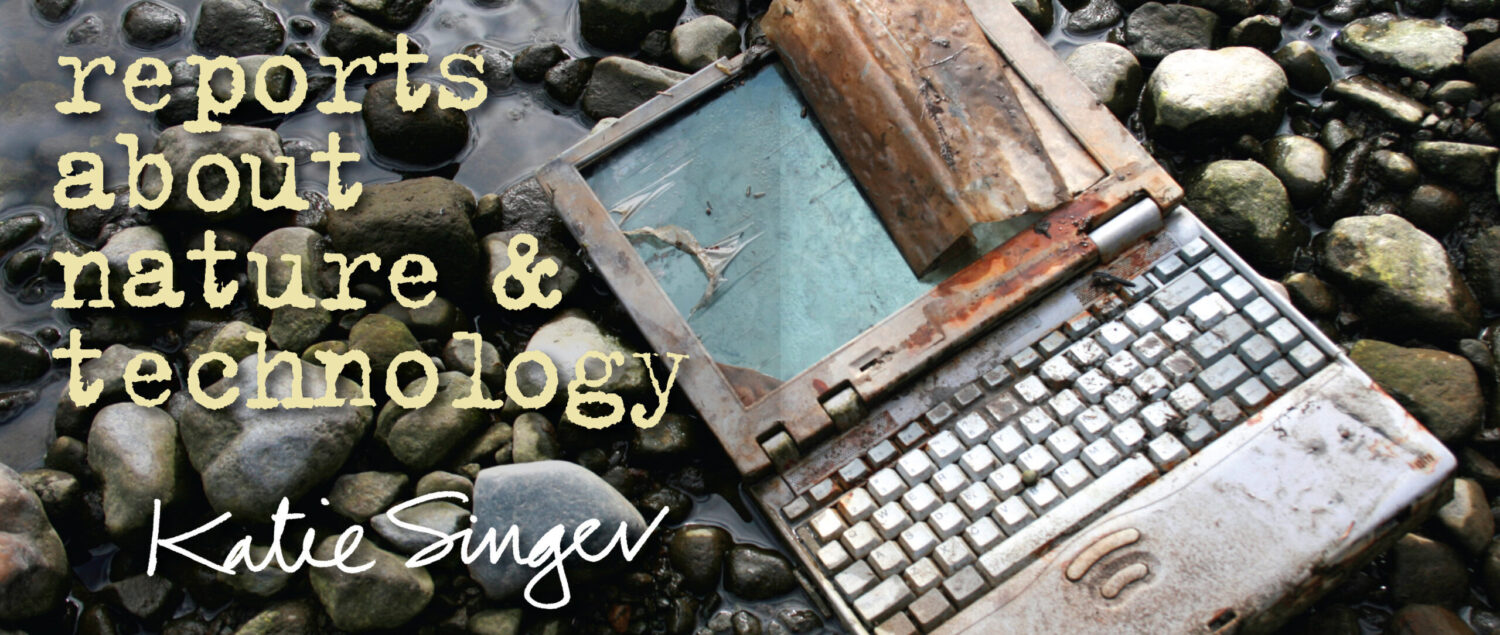from the Friends of Amazon Creek
In 2013, AT&T proposed installing a 75-foot tower on a church property next to a protected nature area of Eugene, Oregon known as Amazon Creek. AT&T was required to notify neighbors within 500 feet of the proposed tower, but to our knowledge, no notices were mailed. We did see an 8.5 x 11 inch poster on one utility pole. When a nearby resident read about a meeting in the newspaper, she put fliers under 200 houses’ doormats–and the meeting at the church filled.
Over the next 2.5 years, we had lots of meetings and raised lots of money. The process took so long partly because AT&T kept asking for extensions, and because our group repeatedly found inconsistencies in AT&T’s paperwork. Also, the city replaced the city planner assigned to this proposal four times.
We succeeded. Our city planning department recommended denial of the proposed tower. This prevented its installation–perhaps because of the work of the lawyer and the engineer that our group hired; perhaps because we got the city to hire the Center for Municipal Solutions for the required independent third party review of the application.
It is important to understand that a municipality cannot deny a permit to install a cell tower on the basis of the tower’s emissions of microwave radiation to homes or schools–thanks to Section 704 of the 1996 Telecommunications Act.
Here are the key things that made a difference in our success:
- We hired a sound engineer. He found discrepancies between his and AT&T’s measurements of ambient noise that the proposed tower would cause. Our engineer also found discrepancies between noise levels stated by the AT&T manual and those calculated by AT&T’w own staff in their proposal to our city’s planning department. Our engineer determined that the tower would need cooling by two fans, not the one predicted by AT&T, and that the fans’ noise would be audible to nearby residents, especially on summer nights with open windows. Concerned citizens need to hire an engineer who can take these measurements.
- We showed our planning dept. that AT&T’s mock-up images of the proposed tower were inaccurate in height; in the height relative to area trees; and in the appearance and number of microwave-emitting antennas at the top of the tower.
- We conducted our own “balloon float” to show area residents the height of the proposed tower, and we invited a local TV station to film it. We got good news coverage for this visual display. It showed views from different angles in the neighborhood and included interviews with neighbors opposing this imposition in their residential environment.
- We pointed out to the City our concerns about the depth of the hole needed for the proposed tower and its potential adverse impacts on underground water flows in the area. We expressed concerns about the deep digging and the tower foundation’s possibly causing underground water flows to divert and “spring” to the surface in residential yards and also down the streets.
- We had petitions signed by hundreds of residents opposed to the tower on aesthetic grounds. We also had hundreds of letters from residents opposing it, again on aesthetic grounds. All of this was submitted as evidence to the City Planning Department and the Hearings Officer who was charged with making the final decision about the tower.
- We had a very active website (www.FriendsofAmazonCreek.org) that posted up-to-date information for the community about the timeline of events, how to write letters and whom to send them to. The site included a downloadable sample letter and a link to the petition that people could sign online.
- We frequently sent newsletters (via VerticalResponse) to keep people posted about related events and progress.
- We had a yard sale to raise funds for our attorney’s and engineer’s fees.
- We had a steady campaign of letters to the editor of our local newspapers. These raised public awareness of the threat to a prized nature area in our community, and the precedent it would sent for other residential neighborhoods if its installation was allowed.
- We hired a wildlife expert, Dr. Albert Manville, retired from the US Dept. of the Interior, who provided written testimony about the potential adverse effects of cell towers on migratory birds in the area. This was especially pertinent because of the creek’s proximity to an area designated by the City as a protected nature area.
At the last minute, before the Hearing Officer took up the decision process, AT&T withdrew their application to install the tower. We believe that this was because of the strong public opposition we helped organize. We hope that other communities can learn from our experience.
